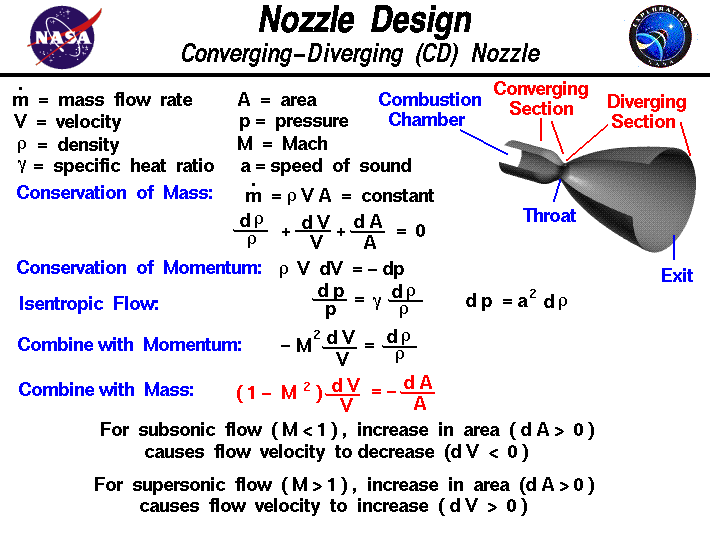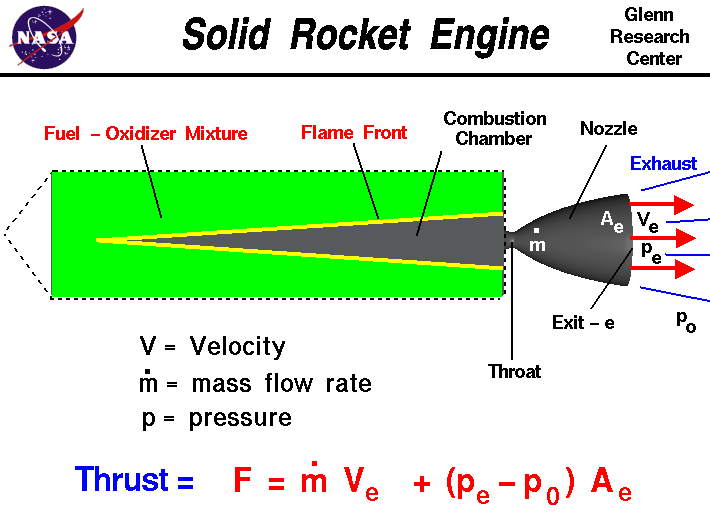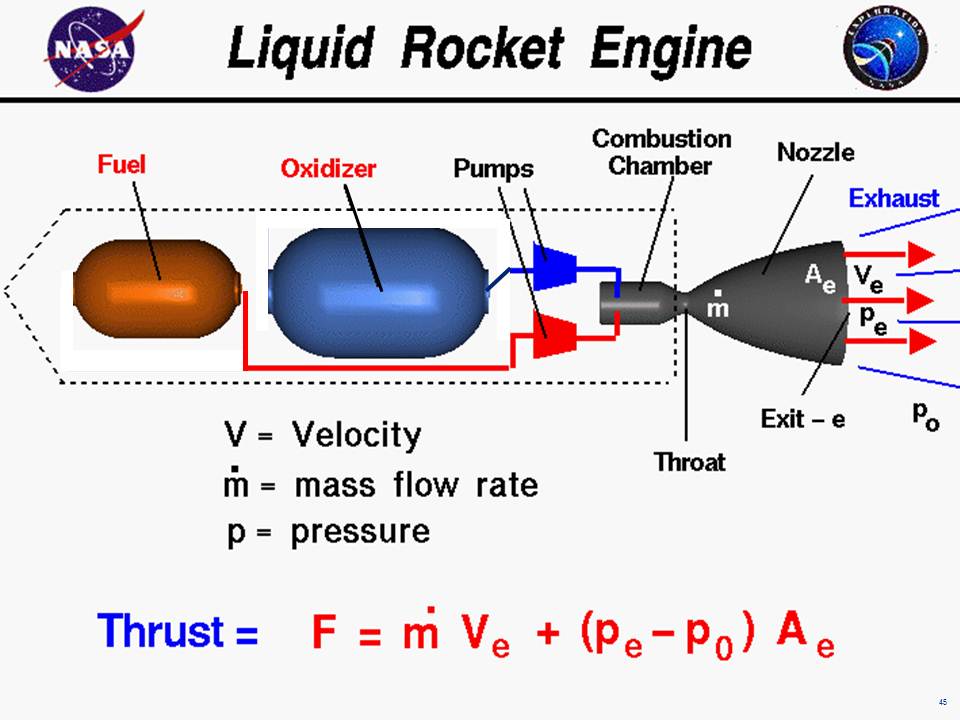
The Crucial Role of the Nozzle in Rocket Engines: Navigating the Path to the Stars
Rocketry has long been a symbol of human innovation and exploration, propelling us beyond the confines of Earth and into the vast expanse of space. Central to the functionality of a rocket engine is the nozzle, a seemingly simple yet remarkably sophisticated component. In this comprehensive article, we will delve into the purpose of the nozzle in a rocket engine, exploring its design, mechanics, and the critical role it plays in the science of space travel.
The Rocket Engine: A Brief Overview
Before we dive into the nozzle’s role, let’s briefly review the fundamental principles of a rocket engine. At its core, a rocket engine operates on Newton’s Third Law of Motion, which states that for every action, there is an equal and opposite reaction. In the context of rocketry, this means that a rocket generates thrust by expelling mass in one direction, which propels the spacecraft in the opposite direction.
Understanding Thrust and Propulsion
To generate thrust, a rocket engine expels high-speed exhaust gases at a controlled rate. The velocity and mass flow rate of these gases are critical factors in determining the thrust produced. A higher gas velocity and mass flow rate result in greater thrust.
The Nozzle’s Role in Thrust Generation
This is where the nozzle comes into play. The nozzle serves two primary functions:
1. Acceleration of Exhaust Gases
The nozzle accelerates the exhaust gases expelled from the rocket engine to supersonic speeds. This acceleration is achieved through a process known as convergent-divergent (CD) expansion.
- Convergent Section: The nozzle begins with a convergent section that narrows or “converges” the flow of gases, increasing their velocity.
- Divergent Section: Following the convergent section is the divergent section, which gradually widens or “diverges” the flow path. This expansion causes the exhaust gases to accelerate even further.
The convergent-divergent design is crucial because it takes advantage of the high-pressure, high-temperature exhaust gases and converts their thermal energy into kinetic energy, resulting in a significant increase in gas velocity.
2. Maximizing Thrust
The nozzle’s primary purpose is to maximize thrust by efficiently converting the high-pressure, high-temperature exhaust gases into high-velocity exhaust streams. This, in turn, maximizes the exhaust’s momentum change and, following Newton’s Third Law, produces a greater thrust force.
Optimizing Nozzle Design
The design of a rocket nozzle is a complex process that takes into account various factors, including the engine’s specific impulse (a measure of engine efficiency), the altitude at which the rocket will operate, and the type of propellant being used. Different nozzle shapes and sizes are employed for various mission profiles.
Altitude and Atmospheric Considerations
Rocket engines used for space travel often have multiple nozzles or an adjustable nozzle design. This flexibility allows the engine to adapt to changing atmospheric conditions and optimize performance at different altitudes. For example, as a rocket ascends and the atmospheric pressure decreases, the nozzle may need to expand further to maintain efficient exhaust gas acceleration.
Conclusion
In the grand endeavor of space exploration, rocket engines stand as marvels of human engineering. The nozzle, a seemingly unassuming component, plays a pivotal role in these engines, serving as the key element responsible for converting the potential energy of propellants into the kinetic energy of thrust. Through its meticulous design, the nozzle ensures that rockets can escape Earth’s gravitational pull and journey into the cosmos, symbolizing humanity’s insatiable curiosity and desire to explore the universe beyond our home planet. In essence, the nozzle is the precision instrument that transforms dreams of reaching the stars into reality, one controlled explosion at a time.




